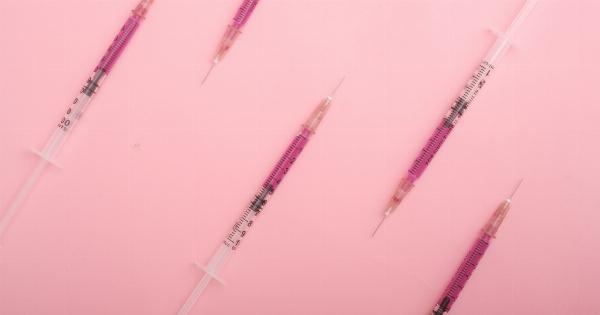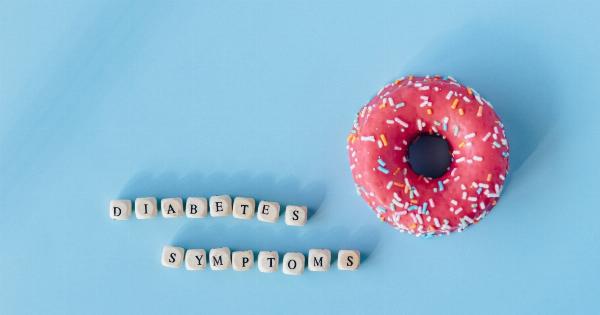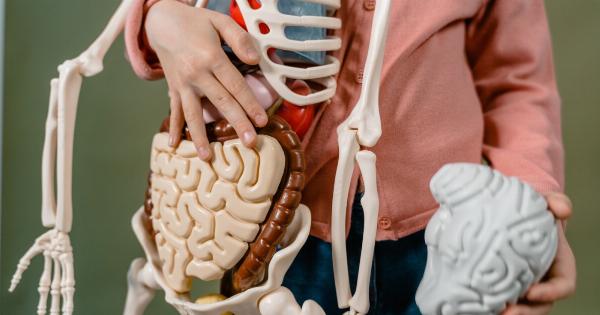Huntington’s disease is a rare genetic disorder that affects nerve cells in the brain causing involuntary movements, cognitive decline, and psychiatric symptoms.
It typically appears in mid-life and progresses slowly leading to disability and death. There is no known cure, and treatments can only relieve some symptoms. However, cellular therapy is emerging as a promising new treatment that could bring hope to Huntington disease patients.
What is Cellular Therapy?
Cellular therapy is a medical treatment that uses stem cells or other cells to replace or repair damaged cells in the body. Stem cells are special cells that have the ability to differentiate or transform into different cell types in the body.
They can also self-renew or replicate to produce more stem cells.
For cellular therapy, stem cells may be obtained from the patient’s own body, from a donor, or from a cell bank.
Once harvested, they may be processed to purify and multiply them, and then implanted or injected into the patient’s body to replace or regenerate damaged tissues or organs.
How Can Cellular Therapy Help Huntington Disease Patients?
Cellular therapy offers several potential benefits for Huntington’s disease patients:.
- Replacement of damaged or lost neurons in the brain that control movement, cognition, and behavior.
- Stimulation of brain cells to regenerate and repair themselves.
- Protection of brain cells from further damage or death.
- Reduction of inflammation and oxidative stress in the brain.
- Improvement of brain plasticity and connectivity.
These effects could lead to an improvement in symptoms and quality of life for Huntington disease patients, as well as a delay in the progression of the disease.
Current Status of Cellular Therapy for Huntington Disease
Several types of stem cells have been investigated for their potential use in cellular therapy for Huntington’s disease:.
- Embryonic stem cells (ESCs) – these are derived from human embryos and have the ability to differentiate into all cell types in the body. However, their use is controversial due to ethical concerns.
- Induced pluripotent stem cells (iPSCs) – these are adult cells that have been reprogrammed to an embryonic-like state and can also differentiate into various cell types. They have the advantage of being patient-specific and ethically acceptable.
- Mesenchymal stem cells (MSCs) – these are adult stem cells that can differentiate into several cell types and have immunomodulatory and anti-inflammatory properties. They can be obtained from various sources such as bone marrow, adipose tissue, and umbilical cord.
- Neural stem cells (NSCs) – these are stem cells that can differentiate into various types of neurons and glial cells in the brain. They can be obtained from fetal or adult brain tissue.
Several preclinical studies in animal models of Huntington’s disease have shown the therapeutic potential of different stem cells. For example:.
- A study published in Stem Cells Translational Medicine in 2018 reported that transplantation of iPSC-derived NSCs into the striatum of a rat model of Huntington’s disease improved motor function, cognitive function, and brain pathology.
- A study published in Current Alzheimer Research in 2019 showed that umbilical cord MSCs reduced neuroinflammation and oxidative stress in a mouse model of Huntington’s disease, resulting in improved motor and cognitive performance.
- A study published in Brain Research in 2020 demonstrated that transplantation of human fetal NSCs into the striatum of a monkey model of Huntington’s disease promoted neuronal differentiation and integration, leading to functional recovery.
These studies suggest that cellular therapy could be a viable treatment option for Huntington disease patients. However, more research is needed to establish the safety, efficacy, and optimal delivery methods of stem cells.
Challenges and Opportunities
Cellular therapy for Huntington’s disease faces several challenges:.
- The high cost and complexity of stem cell production and delivery.
- The risk of immune rejection or tumorigenesis by transplanted stem cells.
- The ethical concerns related to the use of embryonic stem cells.
- The uncertainties regarding the optimal type, dose, and timing of stem cell administration.
However, these challenges are also opportunities for further research and innovation:.
- New technologies such as gene editing and organoid culture could enhance the safety and efficacy of stem cells.
- Alternative sources of stem cells such as urine or skin cells could provide more convenient and ethical options for patients.
- Combination therapies with other drugs or interventions could enhance the therapeutic effects of stem cells.
- Collaboration and funding from the government, industry, and patient groups could accelerate the translation of stem cell research into clinical practice.
Conclusion
Cellular therapy holds great promise for Huntington’s disease patients as a new hope for treatment. Stem cells have the potential to replace, repair, and regenerate damaged brain cells, and to improve symptoms and quality of life for patients.
Although challenges remain, ongoing research and innovation offer opportunities to enhance the safety and efficacy of stem cells. With the support of various stakeholders, stem cell therapy could become a reality for Huntington disease patients in the near future.




























